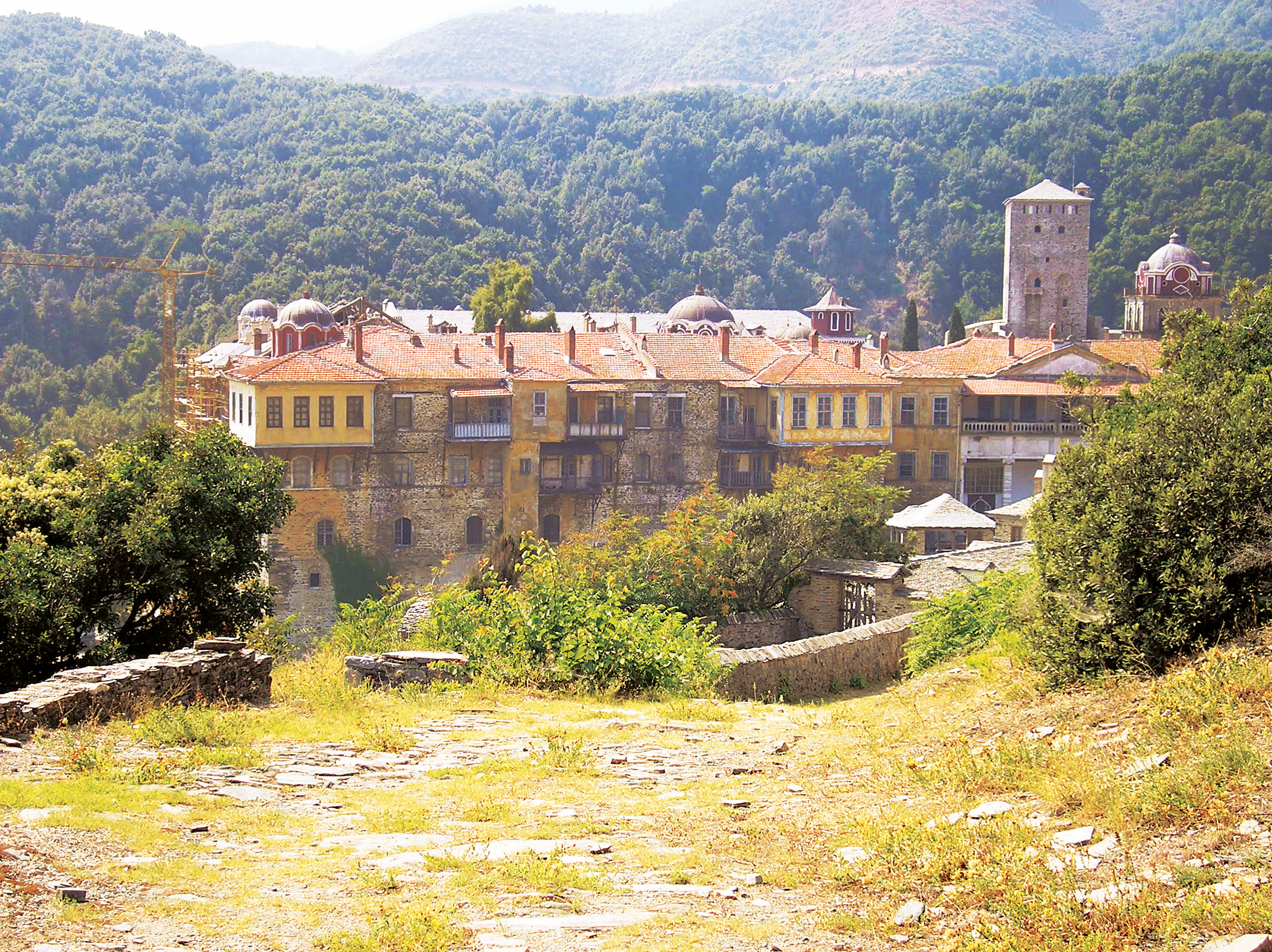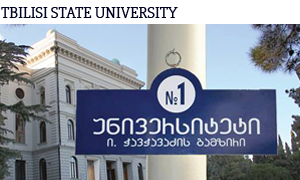
FACULTY OF HUMANITIES
THE IVIRON MONASTERY DURING THE OTTOMAN EMPIRE
What was the role and importance of the Georgian monastery after the fall of the Byzantine Empire? A TSU researcher’s study, “The Iviron Monastery during the Ottoman Empire’’ is a successful attempt to answer this question. Assistant Professor Tamar Alpenidzeat from the TSU Institute of Oriental Studies, Division of Turkish Language and Literature, began her research in 2013. She spent a semester in Istanbul at Koç University’s Research Center for Anatolian Civilizations studying Ottoman materials kept in Istanbul archives that are related to the Iviron Monastery.
The researcher believes it is very important to assess history in order to find solutions to contemporary problems and define the future. The founding and existence of the Iviron Monastery on Mount Athos is an integral part of Georgian history. Georgians’ accomplishments at Mount Sinai, the Black Mount and Mount Athos and our relationships with these three educational centers opens a new direction in the development of Georgian history, as the Iviron Monastery during the period of Ottoman Empire has never been studied in Georgia.
The main achievement of the research is the collection of materials about the monastery from the second half of the 19th and the first half of the 20th cc, which include valuable information about the condition of the monastery at the time. There has been little or no significant research carried out in other countries on the Iviron Monastery during that period. Various types of processed data on the monasteries on Mount Athos, including the Georgian monastery, are scattered within different materials. The author of the study concludes that the third monastery in the hierarchy (Iviron Monastery) on Mount Athos was in very bad condition.

Monastery of Iviron at Mount Athos
Historical Georgian Monastery located in Greece, eastern Halkidiki peninsula of the mountainous peninsula of Mount Athos, Aegean Sea coast. Founded in 980-983.
This research project was the first attempt to study the Georgian monastery. The resources are significant for the next study. The author’s main target was the Bașbakanlik Archives (Prime Minister’s archive) and the Archives of the Topkapi Palace. The author also had access to Ottoman resources in the Ankar cadastral archives. There are more than 1000 sources, including books, on Mount Athos in the Bașbakanlik archives. Studying these materials will enable us to understand the condition of the monastery and its relations with other monasteries. The materials mainly cover the 19th and 20th centuries, however some include books from the 18th century, which contain detailed information on the possessions of the monasteries. More than 50 sources provide materials for the two hierarchically superior monasteries of Lavra and Vatoped.
Based on 50 books from the archives of the Topkapi Palace, the study revealed what fees monasteries had to pay and it became clear that the Iviron Monastery stood out by its significance, influence and wealth on Mount Athos in the 19th century. The materials also show that the monastery had kept its third place in the hierarchy since the 12th to 14th centuries. More details about the wealth of the monasteries of Mount Athos were found in the Ankara cadastral archives. More than 500 sources provide information on payments that the Iviron Monastery had to make during the 16th to 20th centuries. The cadastral archives contain books describing the wealth and possessions of each monastery.
While studying the Iviron Monastery during the Ottoman Empire, the researcher became convinced that in order to undertake thorough investigations, it would be necessary to study archives in Greece, Russia, Bulgaria, Serbia, Ukraine, and Moldova. These countries have university libraries containing rich collections of relevant articles, books and maps. A research team should be composed of researchers with a good command of the native languages of these countries as well as of English and Ottoman languages, to be able to work on the Ottoman materials.
Apart from archival materials, Professor Alpenidzeat studied maps and atlases, which revealed that the Iviron Monastery still possessed two properties--Bishops’ temporary residence-- in the 20th c on the territory of today’s Serbia. The research showed that the Georgian monastery was connected not only with Georgia, Patriarchy of Constantinople and Ottoman Empire but also with Greece, Russia, Ukraine, Moldova, and Bulgaria.
Presentation of the research was held in March 2013 in the Research Center for Anatolian Civilizations, Koç University, entitled “The Georgian Monastery of Iviron after the Fall of the Byzantine Empire”.




